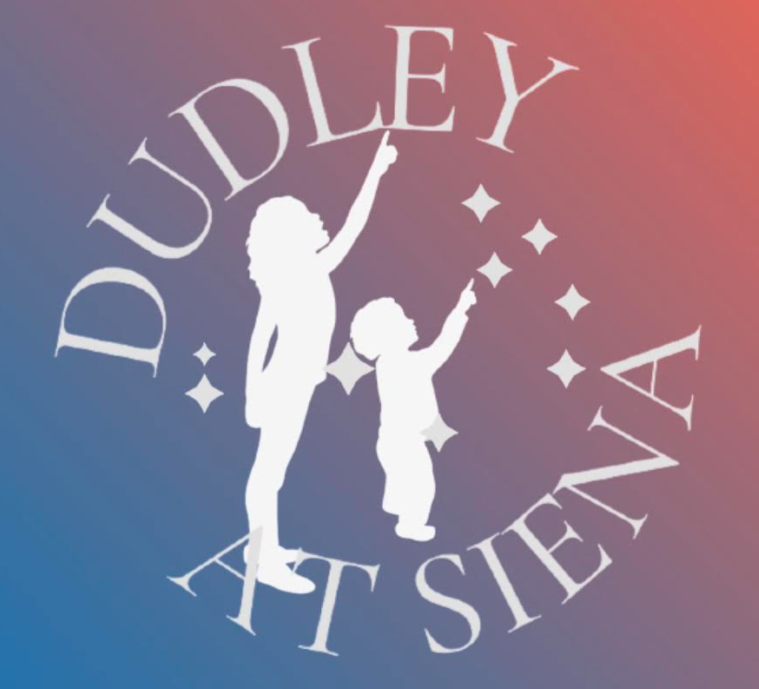Skywatch Line for Monday, Memorial Day, and Tuesday, May 26th and 27th, written by Joe Slomka
This is the Skywatch Line for Monday, Memorial Day, and Tuesday, May 26th and 27th. Written by Joe Slomka
The Sun sets at 8:22 PM; night falls at 10:30. Dawn breaks at 3:15 AM and ends with sunrise at 5:23.
Monday’s Moon inhabits Taurus on both nights. Monday’s New Moon rises at 4:31 AM, and soon is lost in the Sun’s glare, sets at 8:27 PM; New Moon means that the Moon is unseen. Tuesday finds the Moon rising at 5:15 AM, and sets at 9:45 PM; some magazines suggest trying to spot a very young Moon at dusk, 12° high in the northwest before sunset.
Only two planets are visible at night. Jupiter is first and brightest in western Taurus, rises at 6:49 AM, highest at 2:44 PM, shines with minus 1st magnitude, appears 32 arc-seconds in size, 19° high and sets at 9:54 PM. Red planet Mars, slowly sinks to the West, rising in Leo at 10:55 AM, first magnitude, 32 arc-seconds, highest at 6 PM, 53° high at 9PM, 90% illuminated and sets at 1:07 AM.
Asteroid 4Vesta remains in the evening sky, rising at 6:19 PM, 6th magnitude, appears 0.5 arc-seconds, highest at 12:11 AM, at 4:45 AM it is 11° in the west and sets at 5:57 AM.
Pisces contains Venus, Saturn and Neptune. Venus is 45° from the eastern horizon, rises at 3:31 AM, highest at 9:53 AM, blazes with minus 4th magnitude, appears 25 arc-seconds, it is 3° high, 47% illuminated and sets at 4:15 PM. Saturn and Neptune huddle together, Saturn rises at 2:49 AM, 1st magnitude, 16 arc-seconds, highest at 8:40 AM, 11° high and sets at 2:32 PM. Neptune also rises at 2:49 AM, shines with 8th magnitude, 2 arc-seconds in size, highest at 8:45 AM, also 11° high, only 1° from Saturn and sets at 2:42 PM.
Mercury and Uranus are lost in the Sun’s glare.
The Big Dipper wheels overhead during the evening. It is an asterism, a formation of stars not recognized as a constellation. The Big Dipper is part of the constellation Ursa Major, the Great Bear. It is interesting that diverse ancient cultures of the northern hemisphere recognized it as a bear. However, this view is not unanimous. Ancient Teutonic peoples saw it as a wagon or wain. Ancient Britons called it a plough, since, during late summer, the asterism resembles a farm instrument tilling the soil. Ancient Aztecs saw the Bear as missing a foot, because, at their latitude, the Bear’s feet dipped below the horizon. Micmac natives of Canada, see the Bear as the four stars of the “bowl”. The “handle” stars join with other stars from the constellation Bootes to form seven hunters, one carrying a pot – the star Alcor. Egyptian mythology sees the Big Dipper as the Thigh of the Bull, associated with the god Set.
Clear Skies Joe Slomka
